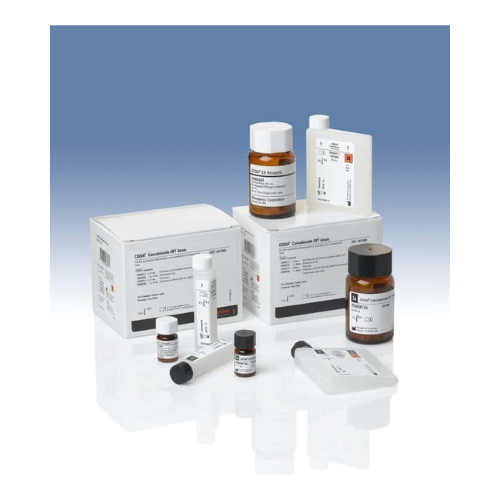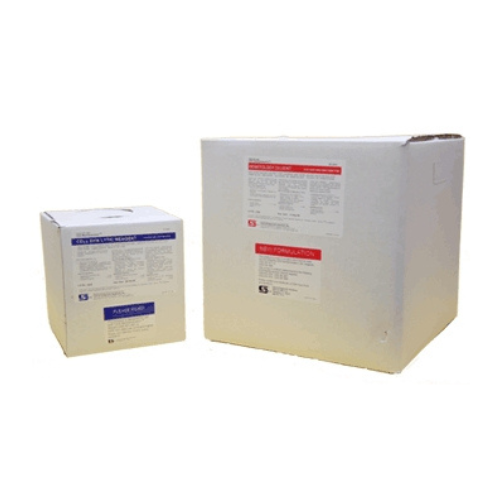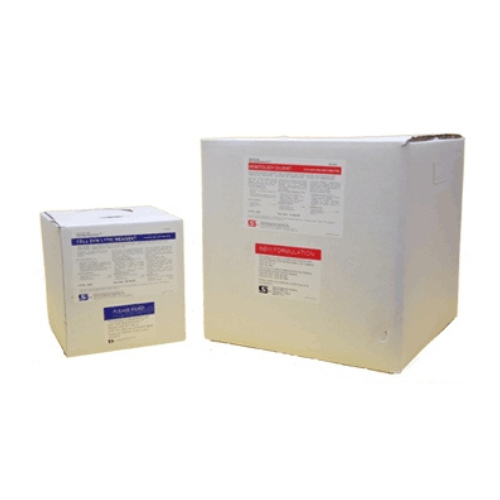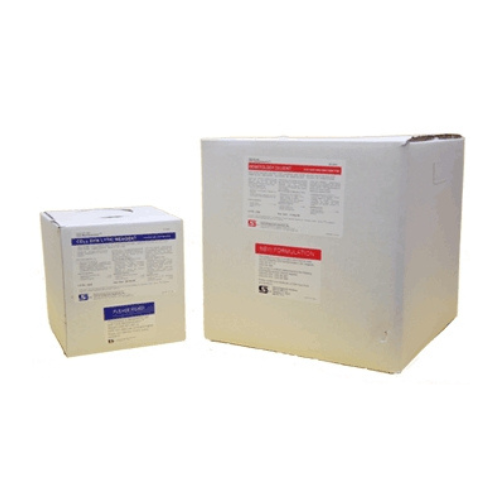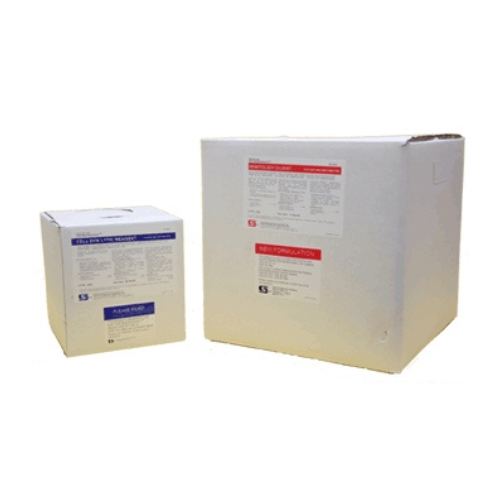For Business Use Only. Does Not Ship to Residential Addresses. For use inside an Analyzer, Sold Separately.
Thermo Kit Metd Mtb LC
In Stock
Product Code: 1868217
Manufacturer: Thermo Scientific
Shipping Weight: 2.00lbs (0.91kg)

WHY CHOOSE MYCO INSTRUMENTATION?
See Why in 2 mins.
Thermo Kit Metd Mtb LC
Specifications
- Control Sets: MGC Multi-Drug Controls
- Detectable Analytes: Methadone Metabolite EDDP
- DoA Calibrators: CEDIA Multi-Drug Calibrators
- Size: LC 495mL
- Storage Requirements: 2° to 8°C
Intended Use
The CEDIATM Methadone Metabolite Assay is an in-vitro diagnostic medical device intended for the qualitative and semiquantitative assay of EDDP (2-ethylidine-1, 5-dimethyl-3, 3-diphenylpyrrolidine) in human urine. Measurements are used as an aid in the diagnosis and treatment of methadone use or overdose.
Summary and Explanation of the Test
EDDP is the primary metabolite of methadone. Methadone is a synthetic opiate agonist that is often used in detoxification programs as an oral substitute for heroin or other morphine-like drugs to suppress withdrawal symptoms and/or to maintain chronic relapsing heroin addicts.
Measurement of EDDP instead of methadone for compliance can detect those individuals on the compliance program selling their methadone into the illicit drug market and spike their urine with a small quanity of methadone to cover their diversion. Their urine may test positive for methadone but would not test positive for EDDP, since the drug was not ingested and therefore never metabolized.
The CEDIA Methadone Metabolite assay uses recombinant DNA technology (US Patent No. 4708929) to produce a unique homogeneous enzyme immunoassay system. The assay is based on the bacterial enzyme β-galactosidase, which has been genetically engineered into two inactive fragments. These fragments spontaneously reassociate to form fully active enzyme that, in the assay format, cleaves a substrate, generating a color change that can be measured spectrophotometrically.
In the assay, drug in the sample competes with drug conjugated to one inactive fragment of β-galactosidase for antibody binding site. If drug is present in the sample, it binds to antibody, leaving the inactive enzyme fragments free to form active enzyme. If drug is not present in the sample, antibody binds to drug conjugated on the inactive fragment, inhibiting the reassociation of inactive β-galactosidase fragments, and no active enzyme is formed.
The amount of active enzyme formed and resultant absorbance change are directly proportional to the amount of drug present in the sample.



